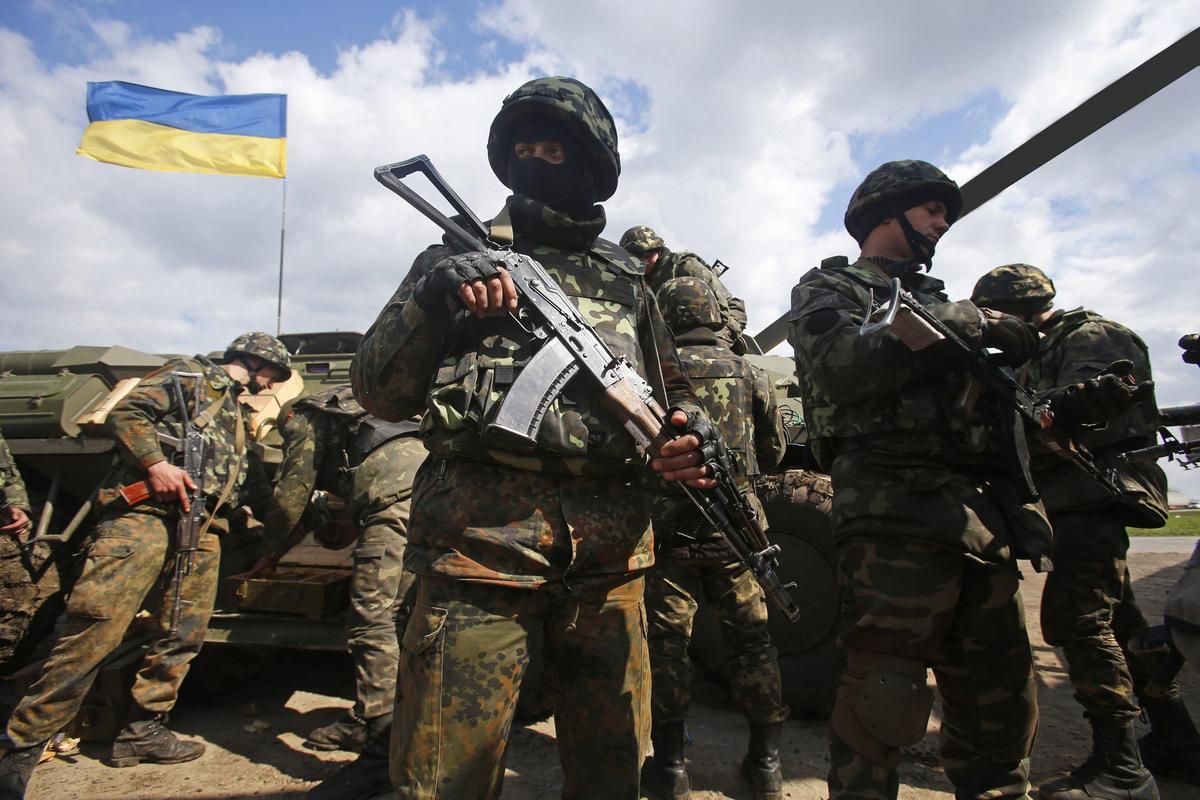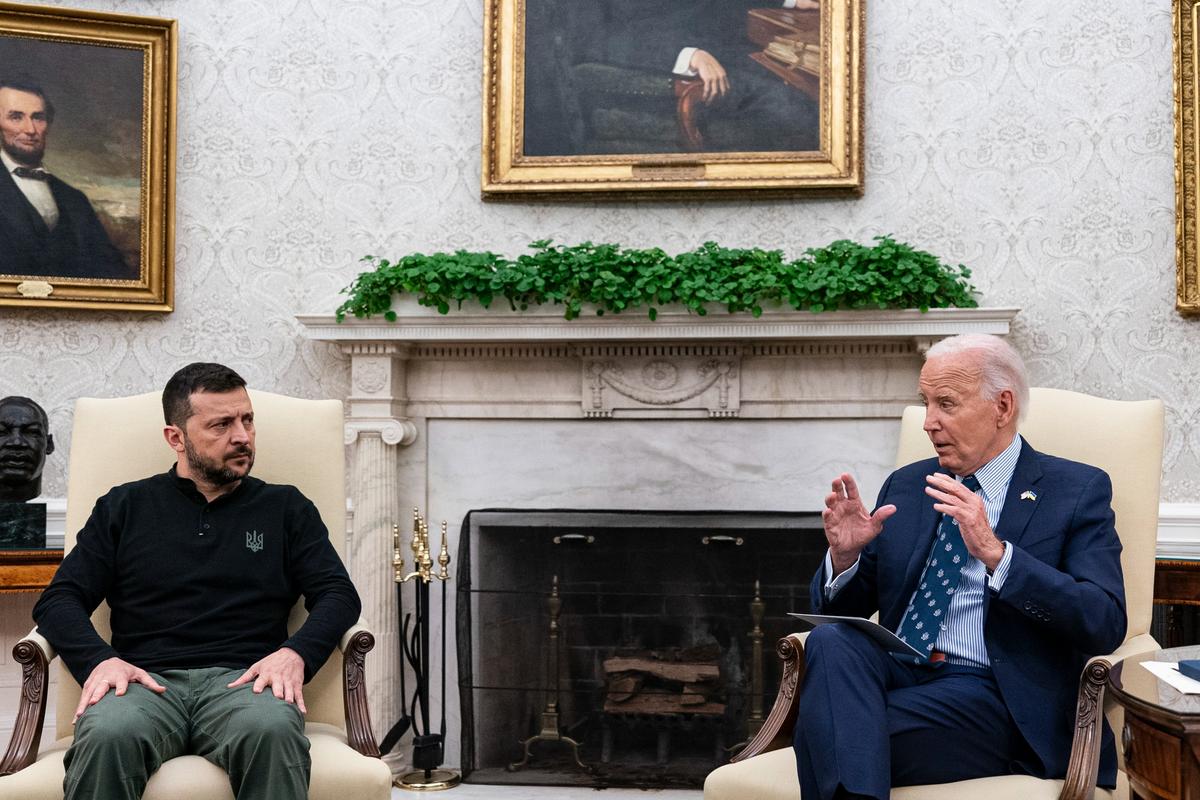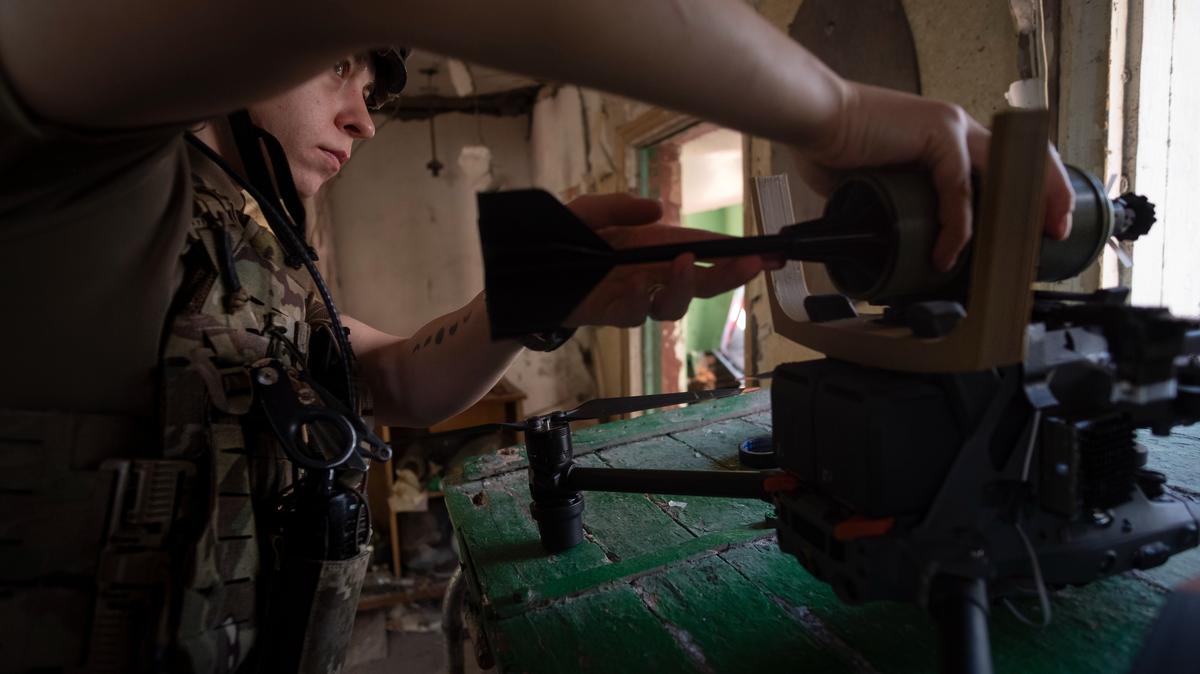With Israel conducting a ground offensive in Lebanon, and Iran raining ballistic missiles on Israel, fears are rising that the conflict in the Middle East will soon spiral and draw in powers like the United States. But Ukraine is still fighting its own war — one that it will have no chance of winning if its international partners, especially the US and the European Union, turn their attention elsewhere.

Ana Palacio
Former Spanish foreign minister, currently visiting lecturer at Georgetown University in Washington DC
Ukrainian President Volodymyr Zelensky, well aware of this risk, has sought to bring Ukraine back into sharp focus. His visit to the US last month included meetings with US President Joe Biden and the candidates in next month’s US presidential election, Vice President Kamala Harris and former President Donald Trump, as well as an appearance at the United Nations General Debate.
Ukraine’s achievements are worth touting. When the Kremlin launched its full-scale invasion in 2022, it envisioned a swift victory. Soldiers had supplies for a five-day mission, which was supposed to end with a parade in Kyiv. They had reportedly even packed ceremonial uniforms.
Today, the once-feared Black Sea Fleet is a shambles, and Ukraine has even managed to capture some Russian territory. Zelensky’s leadership has fostered a more solid sense of national identity in the people he leads than perhaps any leader in recent history.
When the Kremlin launched its full-scale invasion in 2022, it envisioned a swift victory.
But Russian forces continue solidifying their gains in the eastern Donbas region, and Ukraine is struggling with shortages of both ammunition and recruits. Against this backdrop, Zelensky presented his “victory plan” — a strategy aimed at strengthening Ukraine’s position on the battlefield, in order to increase its leverage in negotiations with Russia — to US leaders.
The response was mixed. While Biden reaffirmed his “unwavering support” for Ukraine, and authorised the release of $8 billion (€7.3 billion) in military aid, he refused Zelensky’s request for permission to use US missiles to strike targets deep inside Russia. This was a major disappointment to Zelensky, but for Biden, the risks are simply too high.
In fact, just days before Biden and Zelensky met in the White House, Vladimir Putin amended Russia’s nuclear posture to interpret an attack by a non-nuclear state, if backed by a nuclear power, as a “joint attack,” which might justify a nuclear response.
While Biden has so far not allowed Putin’s nuclear sabre-rattling to cow him into submission — his administration has continued to support Ukraine, despite a long series of nuclear threats from the Kremlin — he remains keen to avoid escalation.
In any case, Zelensky will soon be dealing with a different US president, and whereas Harris has pledged to “ensure Ukraine prevails” in the war against Russia, Trump says that he will seek a negotiated settlement immediately after the election. When Zelensky was in the US, Trump initially refused to meet with him at all, though he eventually did, after touting his “very good relationship” with Putin.

Soldiers rehearse for a parade to mark 27 years of Ukrainian independence, Kyiv, 18 August 2018. Photo: Ukrainian Defence Ministry
Zelensky also sparked a backlash from Republicans when he visited an ammunition factory in Pennsylvania and criticised Trump’s running mate, J.D. Vance, for opposing continued US support for Ukraine, which Vance argues should cede territory to Russia in a peace deal.
If the US abandons Ukraine, Zelensky will have few options. Biden has succeeded in rallying international support for Ukraine and maintaining cohesion among NATO allies, precisely because he restored America’s credibility as an ally and partner after Trump turned the US into a laughing stock.
Harris might be able to sustain Biden’s record — though, with Europe’s commitment to Ukraine already wavering, it would not be easy — but Trump would not and could not do the same.

An anti-terrorist operation in eastern Ukraine, 27 October 2015. Photo: Vadym Kovalyov / Ukrainian Defence Ministry.
It should be no surprise, then, that Zelensky is attempting to secure an airtight security guarantee: his victory plan includes a bold — and justified — demand for a formal NATO invitation for Ukraine.
Putin believes, in defiance of history and international law, that Ukraine is part of Russia, rather than a sovereign country. This makes Ukraine fundamentally vulnerable to Russian interference, incursions, or worse.
The security assurances offered in Budapest in 1994, when Ukraine relinquished its nuclear arsenal, were insufficient to overcome this vulnerability. Only the kinds of robust security guarantees that accompany full NATO membership can credibly prevent Putin, or any future Russian leader, from violating Ukraine’s territorial integrity.
Putin believes, in defiance of history and international law, that Ukraine is part of Russia, rather than a sovereign country.
The US, however, has been reluctant to support Ukraine’s bid for NATO membership, at least while the war is ongoing. While Europe cannot override the US here, some suggest that it can help safeguard Ukraine another way. Traditionally, NATO membership has preceded EU accession, with NATO accession ensuring the political and economic security that EU membership demands.
In Ukraine’s case, however, EU membership could theoretically be used to anchor the country within Western institutions, without requiring NATO to provide mutual defence.

Ukrainian President Volodymyr Zelensky at the White House in Washington, 26 September 2024. Photo: ALEXANDER DRAGO / POOL
But it is far from clear that EU membership alone would shield Ukraine from future Russian aggression. So, if NATO guarantees remain out of reach for Ukraine, even after the war ends, alternative security arrangements must be found.
South Korea’s guarantees under its alliance with the US might offer an effective model, especially given that Ukraine could end up being divided, at least temporarily, much as the Korean Peninsula was in 1945. Ultimately, however, NATO is the best equipped to safeguard Ukraine. And it has good reason to do so.
So, if NATO guarantees remain out of reach for Ukraine, even after the war ends, alternative security arrangements must be found.
The war in Ukraine is not just a regional conflict; it represents a broader struggle over the principles on which global stability rests, including national sovereignty, territorial integrity, and the rule of law. It is also a litmus test for Western credibility, after America’s disastrous withdrawal from Afghanistan in 2021.
If Ukraine is to survive the current war, let alone start down the long path toward reconstruction, it needs more than symbolic support or vague security assurances. It needs concrete guarantees. NATO should provide them.
This article was first published by Project Syndicate. Views expressed in opinion pieces do not necessarily reflect the position of Novaya Gazeta Europe.
Join us in rebuilding Novaya Gazeta Europe
The Russian government has banned independent media. We were forced to leave our country in order to keep doing our job, telling our readers about what is going on Russia, Ukraine and Europe.
We will continue fighting against warfare and dictatorship. We believe that freedom of speech is the most efficient antidote against tyranny. Support us financially to help us fight for peace and freedom.
By clicking the Support button, you agree to the processing of your personal data.
To cancel a regular donation, please write to [email protected]

